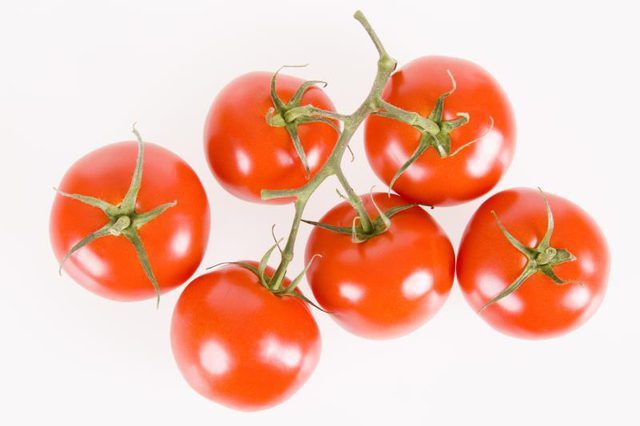Bulbs
Flower Basics
Flower Beds & Specialty Gardens
Flower Garden
Garden Furniture
Garden Gnomes
Garden Seeds
Garden Sheds
Garden Statues
Garden Tools & Supplies
Gardening Basics
Green & Organic
Groundcovers & Vines
Growing Annuals
Growing Basil
Growing Beans
Growing Berries
Growing Blueberries
Growing Cactus
Growing Corn
Growing Cotton
Growing Edibles
Growing Flowers
Growing Garlic
Growing Grapes
Growing Grass
Growing Herbs
Growing Jasmine
Growing Mint
Growing Mushrooms
Orchids
Growing Peanuts
Growing Perennials
Growing Plants
Growing Rosemary
Growing Roses
Growing Strawberries
Growing Sunflowers
Growing Thyme
Growing Tomatoes
Growing Tulips
Growing Vegetables
Herb Basics
Herb Garden
Indoor Growing
Landscaping Basics
Landscaping Patios
Landscaping Plants
Landscaping Shrubs
Landscaping Trees
Landscaping Walks & Pathways
Lawn Basics
Lawn Maintenance
Lawn Mowers
Lawn Ornaments
Lawn Planting
Lawn Tools
Outdoor Growing
Overall Landscape Planning
Pests, Weeds & Problems
Plant Basics
Rock Garden
Rose Garden
Shrubs
Soil
Specialty Gardens
Trees
Vegetable Garden
Yard Maintenance
How to Keep Birds From Eating Your Tomato Plants
How to Keep Birds From Eating Your Tomato Plants. Birds protect tomato plants (*Solanum lycopersicum*) by eating insects such as hornworms and snails that harm the plants. If, however, the birds nibble on the plants' ripening fruits, then the birds can quickly become a gardener's worst enemy. Finding the most effective way to defend your tomato...

Birds protect tomato plants (Solanum lycopersicum) by eating insects such as hornworms and snails that harm the plants. If, however, the birds nibble on the plants' ripening fruits, then the birds can quickly become a gardener's worst enemy. Finding the most effective way to defend your tomato fruits from birds is an ongoing process of trial and error. See the fruits reach their maximum potential by combining a variety of measures to keep birds at bay.
Identifying the Damage
Birds, rats, cats, squirrels and opossums often nosh on tomato fruits, and using a slightly different deterrent for each animal is necessary to protect the plants. Determine whether or not a bird is the culprit for tomato fruit damage by checking the fruits' skin for individual puncture marks resembling a bird's beak. Bird damage is most easily identified on fruits that have only a few small pecks on them, but it is also visible along the edges of damage on more severely attacked fruits. Tomato fruits attacked by other animals often have marks from incisor teeth.
Additionally, take note of the time of day the damage occurs. Although catching the culprit in the act of eating the fruits may not be possible, a bird is most likely responsible if the damage happens during daylight hours.
Protecting the Plants
Protecting tomato plants with bird netting keeps the fruits safe from being devoured by pesky birds. Create a framework around the plants by using bamboo poles, a wooden trellis, fence posts or tall stakes. The correct height for the framework depends on the potential height of the tomato plant variety grown, but the height should range from 3 to 8 feet tall. Drape bird netting loosely over the framework, and ensure it does not touch the plants. Secure the netting to the ground by using wire.
Be cautious when using netting. Although it inhibits a bird's ability to reach tomato fruits, it also restricts a bird's ability to reach and eat insects harmful to tomato plants. Careful, regular inspection of the tomato plants will help ensure damage from other pests does not occur.
Providing Alternatives
Birds peck tomato fruits to quench their thirst, not necessarily because of hunger. A water-filled birdbath set in a location safe from outdoor predators can help birds eliminate their search for hydration in garden-grown fruits and vegetables. Additionally, planting species with sweet fruits near the birdbath can satisfy birds' appetites for sweet fare and distract them from maturing fruits on tomato plants. Plants with sweet fruits include figs (Ficus spp.), hardy in USDA zones 8 through 11.
Picking When They're Pink
As tomato fruits grow, they require warm temperatures, and not necessarily sunlight, to ripen fully, according to Garden.org. So before the fruits turn bright red, it is safe to pluck them from the plants. Pick the fruits just as they start to turn pink, and place them indoors out of direct sunlight to ripen. Because the fruits grow quickly and can ripen fast when fully grown, check the plants daily to avoid missing the ideal harvesting window.